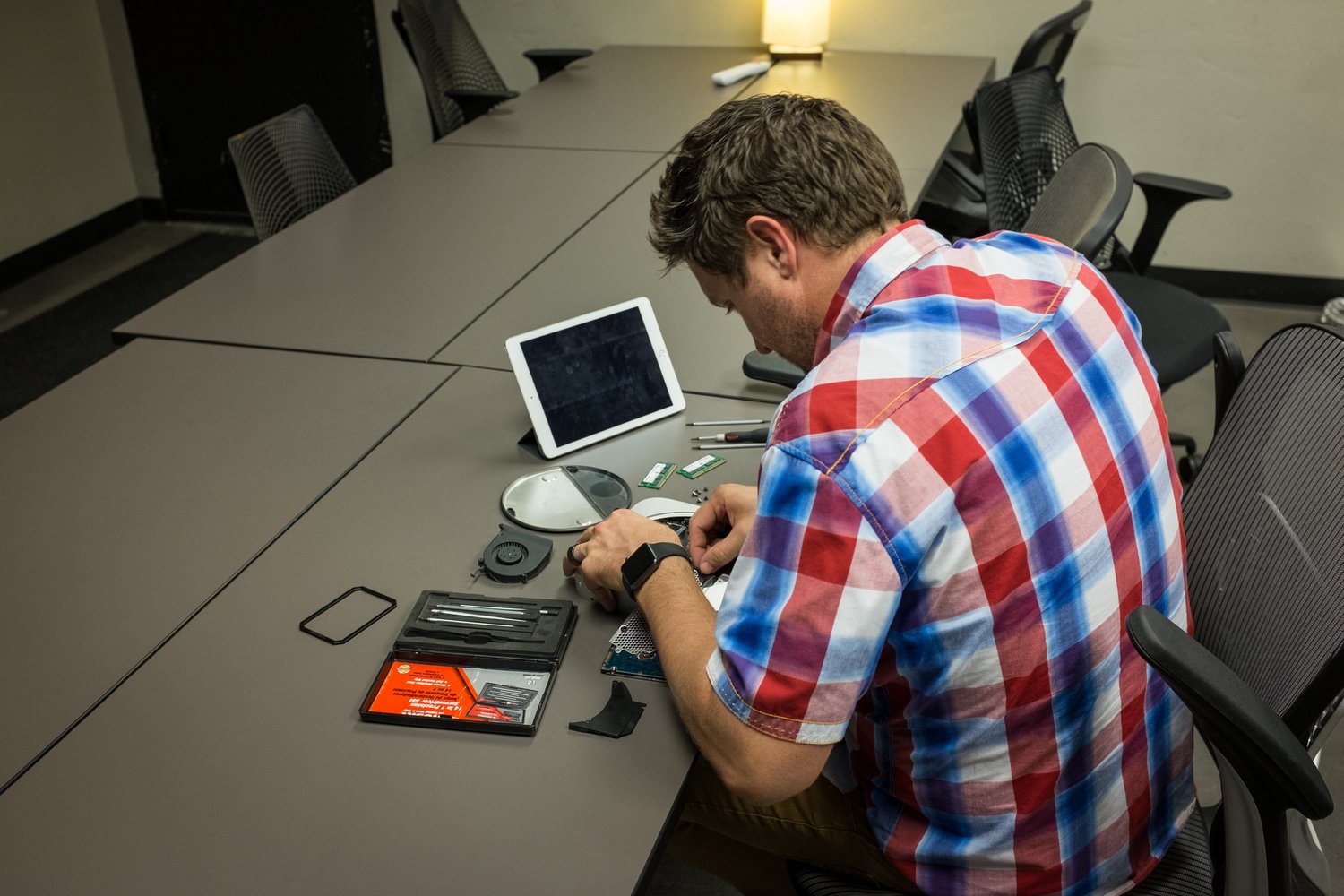Skills gap in rural areas in the UK

While skills gap is a big issue in many parts of the country, we rarely think of the whereabouts of these skills gap. Rural areas, for example, are one of the most impacted by skills gap and retention challenges.
There are many reasons for these issues including poor internet signals and rare to non-existent public transportation. All these commodities that big cities and wealthy areas have implemented already. So how can rural areas become more competitive for the workforce and retain their staff for longer? Are there any benefits that the rural population can benefit from?
In this article, we address the main issues about skills gap in the rural areas while listing the main benefits of investing for the future workforce.
Why are rural areas reporting skills gap?
According to the UK Parliament, rural areas find it hard to retain skills because of poor infrastructure, less attracting job offers and poor provision of essential services for keeping young people to live and work in rural areas.
Some of major limitations rural areas face are:
- Limited range of job opportunities.
- Poor connectivity & high-speed internet, limiting digital skills availability.
- Transport and accessibility issues.
- Relative importance of self-employment and small businesses.
- Seasonalised / casualised labour markets meaning there is little incentive for investment in training.
- Importance of informal networks in accessing employment.
- Relatively low wage levels.
These facts alone are the main motivators for young & skilled individuals to move to bigger towns or cities where funding and investments are greater.
What are the reasons skilled individuals move to cities?
According to the Digital Education Resource Archive (DERA), much of rural employment is also concentrated in small firms which further limits opportunities for young people to upgrade their skills and take up training (line 76).
Ambitious skilled individuals will look to grow their careers within companies that offer trainings or position growth internally. Most rural areas are too limited with resources or accessibility, making it hard for them to grow their workforce and, therefore, their company.
The lack of training or upskilling in these rural companies also become a cause for skilled individual to move to cities. For the young people who look for apprenticeship or internal training find more opportunities and space within busier & wealthier areas.
Why do some rural areas do better than others?
According to webinar presenter Anupriya Misra, rural areas which have a wealthy local population or have products with strong global demand are likely to be high performing.
Some rural areas have better ground available for big companies needing surface to build their resources/warehouses (e.g. Amazon Central). This positive outcome help create local jobs and retain local skills. In that principle, some rural areas will do better than others in which can offer such flexibilities to global companies.
Living in Norfolk/Suffolk? Read what we are saying in LSIP Roadshow.
Benefits of improving skills gaps in rural areas
If the budget would allow it, investing in rural areas could prove beneficial for:
- High-speed internet connectivity for digital skills:
With high-speed internet, employers would be able to attract digital skills. But this availability would also improve lifestyle to homes & families on a daily basis. - Offering local training & apprenticeship:
With improved public transportation, young individuals will be able to access companies’ locations and improve their skills for the benefit of the company. But improved transportation would also help the population in being more mobile within the rural areas. - More funding to help businesses expand in rural areas:
With more funding available for rural businesses creates more openings for skilled individuals to fill. And with increasing job availability, the greater the retention of skilled workers.
In a nutshell
Living in rural areas can have several benefits and positive impact on a lifestyle. But when it comes to work and retaining young adults in the workplace, it may be a different challenge.
The main challenges rural areas face to retain skilled workforce are poor internet connectivity, lack of public transportation, low number of openings and lack of training available for upskilling existing employees.
Some of these pain points may be answered by levelling the company’s offerings (salary, training, etc) or by getting more help from the government and education. Some rural areas are struggling financially and cannot afford to upgrade their areas for better connectivity or more transportation.
The young workforce is more and more moving to big cities where investments are promising employee growth and where skills are in demand. But there are great benefits in investing in rural areas such as retaining the young workforce and upgrading the local economy.
LSIP | Act now. Future-proof your workforce Complete our online free survey to make your voice heard. At Norfolk Chambers of Commerce, we have a team of experts that can help you figure out your business’ roadblocks.
Find the Employer Survey here: https://form.jotform.com/223474490001043




































